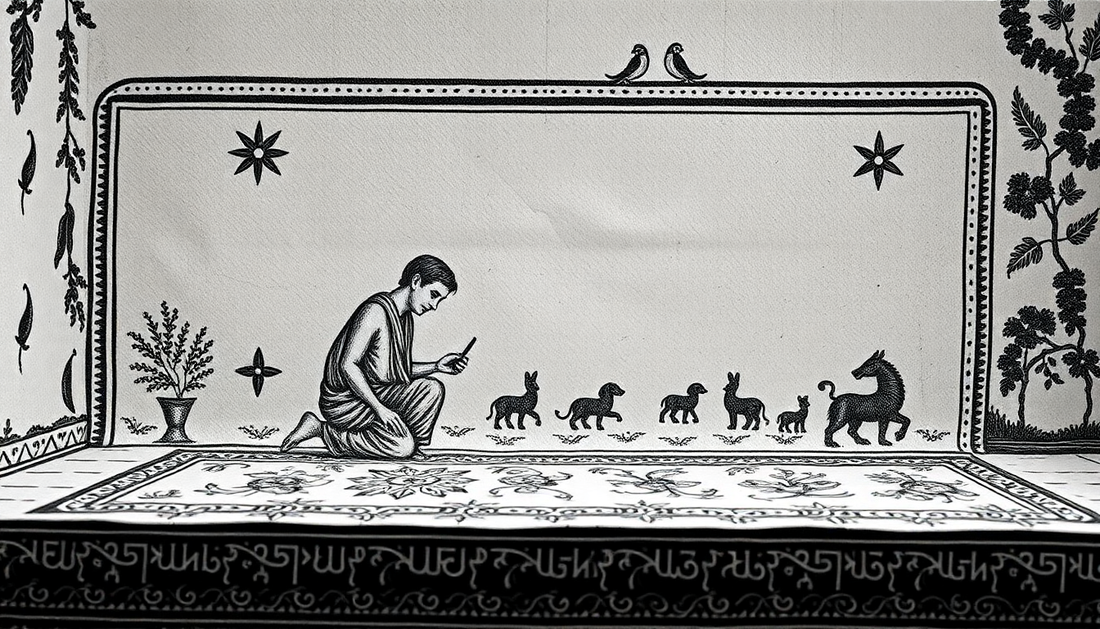
The Ancient Art of Ajrakh Printing: From Indus Valley to Modern Fashion
Share
Ajrakh Printing: A Heritage of Art and Craftsmanship
Ajrakh printing is an ancient art form that originated in the Indus Valley Civilization. This heritage craft has been a significant part of the cultural landscape of the region, known for its unique techniques and stunning designs. In this blog post, we will delve into the history, techniques, and cultural significance of Ajrakh printing.
Heritage and History
Ajrakh printing has its roots in the Indus Valley Civilization, dating back over 4,000 years. The word 'Ajrakh' means 'side of the moon' in Arabic, symbolizing the unique, moon-like designs that are characteristic of this art form. Over the centuries, Ajrakh printing has evolved, with various regions adding their own unique touches to the craft.
Techniques and Process
Ajrakh printing involves a complex process of dyeing and printing fabric using natural dyes and resist printing techniques. The process begins with the preparation of the fabric, which is then dyed and printed using intricate designs and patterns. Each piece of fabric is carefully crafted, making every item unique.
Cultural Significance
Ajrakh printing is more than just a craft; it's a symbol of the region's rich cultural heritage. Each design and pattern has a specific meaning and significance, making it a valuable part of the local tradition. The craft has been passed down through generations, with artisans working tirelessly to preserve this ancient art form.
Ajrakh Printing at Pinaachi
At Pinaachi, we are committed to preserving and promoting the art of Ajrakh printing. Our collection features a variety of items crafted using this ancient technique, each piece a testament to the artisan's skill and craftsmanship. By supporting Ajrakh printing, we are not only preserving a heritage craft but also empowering local artisans and communities.
Experience the beauty and significance of Ajrakh printing with Pinaachi. Each item in our collection is a piece of history, a symbol of the region's rich cultural heritage and the artisan's unwavering dedication to their craft.